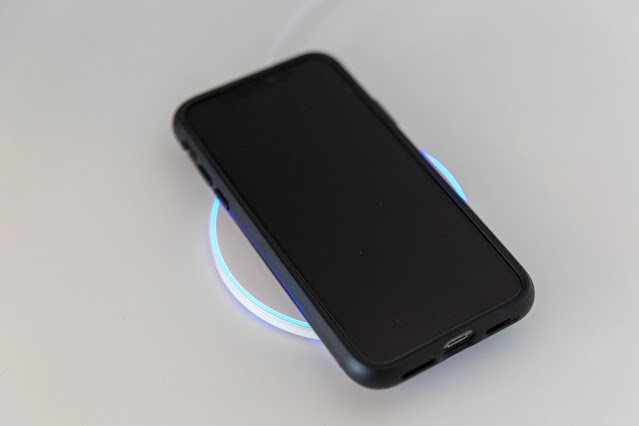Wireless Charging Market is Trending by Growing Demand for Contactless Transmission of Electricity
Wireless charging, also known as wireless power transfer (WPT), is the method of electrically charging battery-powered devices like computers, cellphones, and electric cars without using a cable connection.
Wireless charging can be enabled in two different ways.
Radio Charging: Transfers electricity using radio waves. This form of charging
involves placing the gadget on a transmitter that uses radio waves to charge
it.
Inductive charging: is the use of electromagnetic waves to wirelessly transfer
energy and charge gadgets. Inductive charging needs the device to make physical
touch with a conductive charging pad that is directly connected to electrical
power.
The Global Wireless Charging Market is estimated to be valued at US$ 8.18 Bn in 2024 and is expected to exhibit a CAGR of 8.1% over the forecast period from 2024 to 2031.
Key Takeaways
Key players operating in The Wireless Charging Market are 3M, Abbott, Bayer AG, F. Hoffmann-La Roche Ltd, Inc., GE Healthcare, Johnson & Johnson Services, Inc., Medtronic, OMRON Healthcare, Inc., ResMed, Advin Health Care, Koninklijke Philips N.V., NeuroPace, Inc., Natus Medical Incorporated, and Fisher & Paykel Healthcare Limited.
Growing consumer demand for smartphones and mobile devices is a key factor driving the Wireless Charging Market Growth. Wireless charging offers convenience by eliminating the use of wired cables for charging. Its universal compatibility with electronic devices makes it a desirable option compared to wired charging.
The wireless charging market is expanding globally with increasing investments by players for development of advanced wireless charging solutions. Adoption of wireless charging technology is growing across various industries including automotive, healthcare, industrial and consumer electronics. Global smartphone shipment is increasing rapidly which is boosting the demand for wireless charging technology.
Market key trends
Resonance wireless charging technology is gaining traction in the market. It offers high power transfer capabilities over distances ranging from several centimeters to few meters. It works on the principle of magnetic resonance to transmit power contactless from the charging transmitter to the power receiver. Resonance technology eliminates the need for precise alignment between transmitter and receiver coils required in traditional inductive charging solutions. This makes wireless charging compact and more efficient.
Porter’s
Analysis
Threat of new
entrants: Moderate barrier considering R&D and technology investments
required.
Bargaining power of buyers: Buyers have moderate bargaining power due to
availability of substitute charging technologies.
Bargaining power of suppliers: Suppliers have moderate bargaining power due to
availability of component manufacturers.
Threat of new substitutes: High threat from new substitutes like wired charging
and alternative wireless technologies limiting market growth.
Competitive rivalry: Intense competition expected among existing players to
gain market share through technology innovation and strategic partnerships.
North America region dominated the global wireless charging market in terms of
value in 2024, followed by Asia Pacific. High consumer adoption of smartphones
and other electronic devices requiring wireless charging contributed to large
market size.
Asia Pacific region is expected to witness fastest growth during the forecast
period. Rapid economic development, rising disposable incomes, increasing
penetration of supporting infrastructure and growing consumer electronics
industry will drive higher demand for wireless charging solutions in countries
like China, India and South Korea.



Comments
Post a Comment